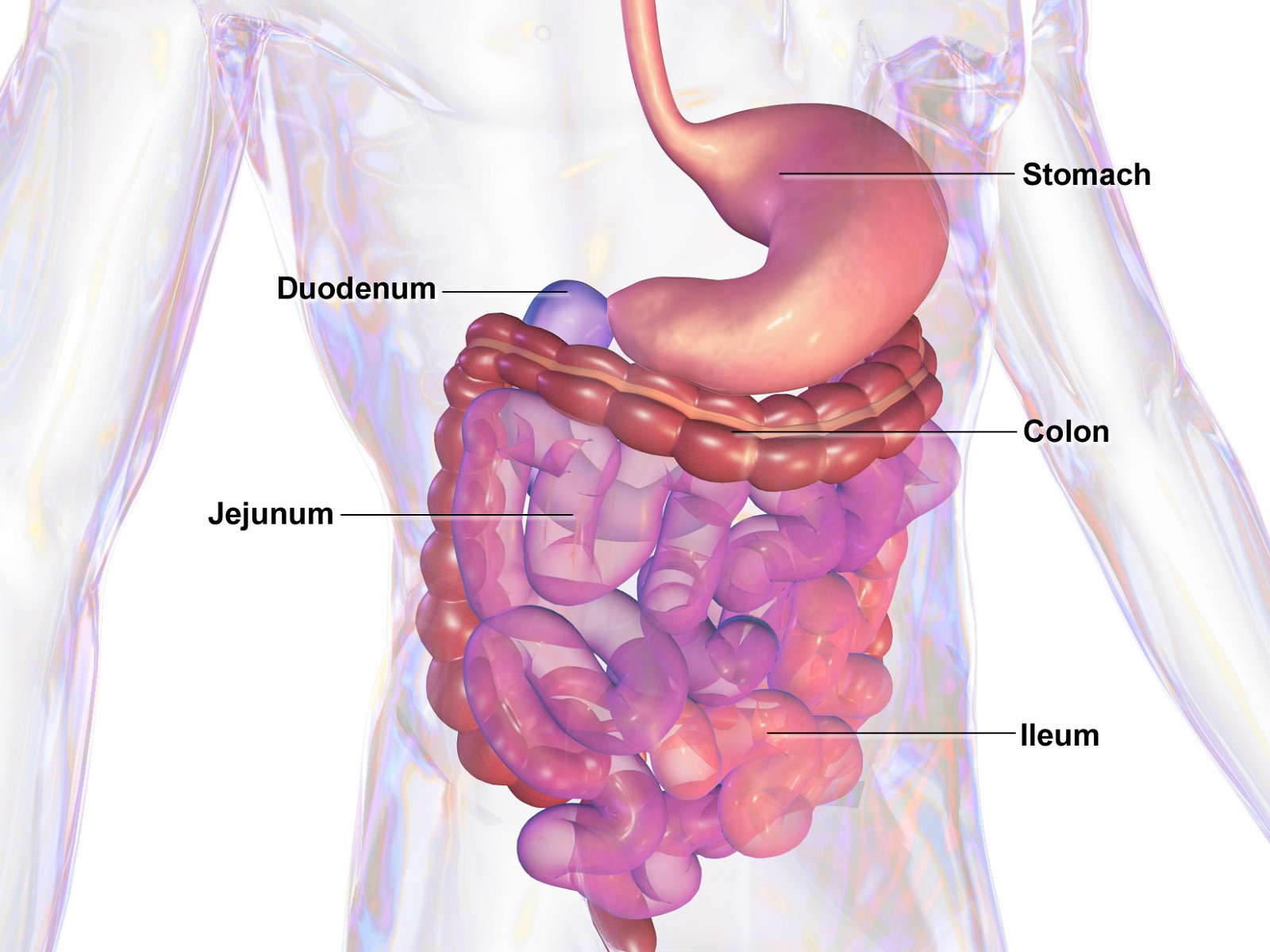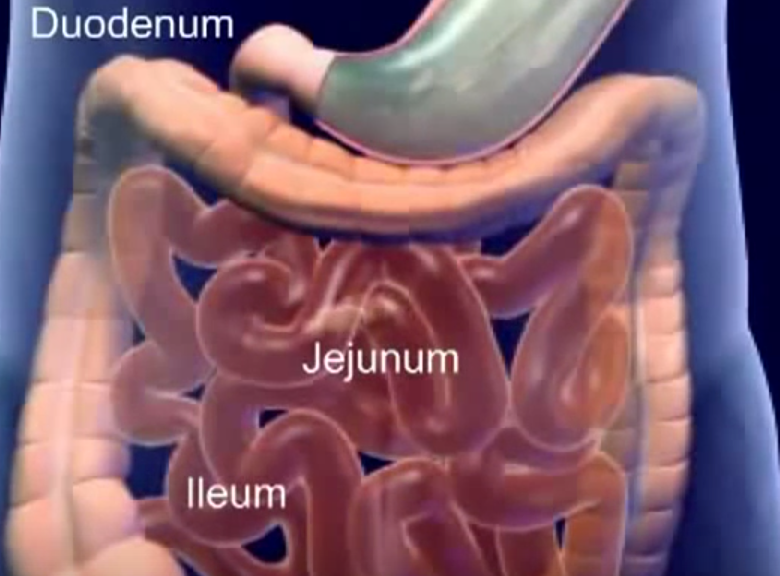Eating Disorders and Pelvic Health Rehabilitation: The Role of a Rehab Professional is a live virtual course (including lecture, treatment concepts, and simulated practice of selected techniques) with required pre-course content accessible on Teachable. During the live course, there will be lectures, interactive discussions and clinical treatment and application activities. The instructor will email participants with recommended props to assist with simulated treatment techniques.
This course explores different types of eating disorders including: anorexia nervosa, bulimia nervosa, binge eating disorder, ARFID (Avoidant Restrictive Feeding Intake Disorder) and OSFED (Otherwise Specified Feeding and Eating Disorder). We will also discuss conditions which do not yet have formal diagnostic criteria such as orthorexia and diabulimia, and we will touch briefly on Pica and Rumination Disorders. This is now an intermediate level course. General knowledge of bowel and bladder dysfunction as well as pelvic floor function will be helpful. Pelvic Floor 1 (PF1) or equivalent is recommended.
Interviews with eating disorder professionals from throughout the country are included in the pre-course lecture to deepen the understanding of the multidimensional effects of eating disorders and the multidisciplinary team necessary to provide support for these individuals. Clinical application activities will be demonstrated and discussed. Selected interventions will be practiced, however, a partner is not necessary for participation in this course.
Eating disorders are mental illnesses which manifest with physical complications which can be both dangerous and life-threatening. Eating disorders affect people of all ages, races, ethnicities, genders, shapes and sizes and do not discriminate. Individuals with eating disorders may or may not appear underweight and are often in larger bodies. Body size nor laboratory testing determine or confirm the severity of the dangerous consequences of the eating disorder. Specific causes of eating disorders are not clearly known, however, biological, psychological, and sociocultural factors contribute to the initiation and continuation of an eating disorder .
Many people have disordered eating patterns, however, nearly 1 in 10 will develop an eating disorder during their lifetime. Eating disorders are serious mental health AND physical illnesses characterized by highly distressing attitudes, beliefs and behaviors related to one’s food intake and in many cases body shape and weight. This results in associated distressing thoughts and emotions affecting physical, psychological and social function. Eating disorders included in the DSM-5 (Diagnostic and Statistical Manual of Mental Disorders: 5th Edition) are: Anorexia Nervosa (AN), Bulimia Nervosa (BN), Binge Eating Disorder (BED), Avoidant/Restrictive Food Intake Disorder (ARFID), Other Specified Feeding and Eating Disorder (OSFED), Unspecified Feeding or Eating Disorder (UFED), Pica and Rumination disorder. (psychiatry.org).
Most health care professionals understand very little about eating disorders and disordered eating. There is a weight stigma with health care identifying “health” in terms of weight, BMI, body appearance, exercise and activity. As rehabilitation professionals, it is our responsibility to understand that health looks and feels different for everyone. In addition, we may be able to identify signs and symptoms of eating disorders and be able to provide support for these individuals through proper referral and modification of our rehabilitation plan of care.
Going one step further, pelvic / abdominal wall practitioners have a unique opportunity to work with individuals as they are experiencing GI distress, abdominal pain, abdominal bloating, bowel dysfunction (constipation or fecal incontinence), urinary issues, prolapse symptoms and pelvic pain. We also need to understand the impact of eating disorders has with pregnancy and during the postpartum time.
If we, as pelvic health providers, take the opportunity to listen and observe, we may be able to identify individuals of all genders who are struggling with disordered eating or an eating disorder which may or may not have been formally diagnosed. We have a specific skill set which has the potential to positively affect the abdominal, bowel, bladder and pelvic related symptoms - however, we may not be looking close enough into the causative reason for the dysfunctions.
Join us for Eating Disorders and Pelvic Health Rehabilitation: The Role of a Rehab Professional as we explore learning more about eating disorders, the multidisciplinary team, medical complications and treatment opportunities.
Informative and insightful Interviews include:
- Dr. Jennifer Gaudiani, MD, Eating Disorder Specialist and author of best seller, Sick Enough: A Guide to the Medical Complications of Eating Disorders
- Michelle Laging PT, DPT, CPPC, CEDS-S, Strength Within Physical Therapy & Wellness, Pelvic Health Physical Therapist, Pre/Postpartum Coach - Eating Disorder Specialist
- Krista Rompolski, Ph.D., is an Associate Professor in the Doctor of Physical Therapy Program at Moravian University in Bethlehem, Pennsylvania
- Rae Thomas, MA, LPC, Chief Clinical Innovation Officer of the Recovery Box, LLC and Licensed Professional Counselor in Colorado specializing in Eating Disorders, Weight Stigma, and Sexual Trauma.
- Megan Pribyl, PT, CMPT, CMTPT/DN, PCES, Herman and Wallace Instructor: “Nutrition Perspectives for the Pelvic Rehab Therapist”
- Michelle Abano, OTR/L, Lead Occupational Therapist, Robert Wood Johnson, Program for Eating Disorders Inpatient and Partial Hospitalization Programs
- Donna Merkel, PT, M.S., DPT, SCS, specializing in adolescent sports medicine
Caty Ely MS, RD, Dietician with focus on Eating Disorders
- Alexa Altland, DPT, author of Physical Therapist Knowledge of Disordered Eating in the US: A Pilot Study
- And interviews with individuals with eating disorders who are sharing their experience to discuss what has been helpful and not helpful when interacting with health care professionals and during their journey.
Prerequisites:
Pelvic Function Level 1, through Herman & Wallace or Pelvic PT 1 through the APTA is required. Exceptions to this policy may be granted on a case-by-case basis, to inquire about such exceptions please contact us.
Pre-Course Learning Requirements:
Three weeks before the course, participants will receive an invite to join Teachable, an online learning platform. In Teachable, registrants will find video lectures (all video lectures must be completed before attending the first day of class), other pre-course learning materials, course manual files, and a mandatory liability waiver. We require registrants to complete teachable components in sequential order. Videos lectures are required and must be completed in-full before proceeding to the next Teachable section. At the conclusion of the course, registrants can access their post-test and course evaluation form to provide our curriculum team feedback on their experience, as well as download their certificate of completion - all via Teachable
Audience:
This continuing education seminar is targeted to physical therapists, occupational therapists, physical therapist assistants, occupational therapist assistants, registered nurses, nurse midwives, and other rehabilitation professionals. Content is not intended for use outside the scope of the learner's license or regulation. Physical therapy continuing education courses should not be taken by individuals who are not licensed or otherwise regulated, except, as they are involved in a specific plan of care. This course is targeted to the practicing pelvic rehab therapist. The impact of disordered eating on pelvic function will be covered and is best understood by those currently treating pelvic health.
Participants who have experience with treatment of individuals with eating disorders are welcome! Please be advised that some of the material in the pre course and live course content may be a review to you, however, recent research and thorough discussion of the biopsychosocial dimensions intend to provide enriched information for all participants. We will be grateful for any contributions that you would like to share at group discussions.
Participants with little to no understanding about eating disorders are also welcome! We will dive deeply into the topic and world of eating disorders and how we, as pelvic health care providers, likely have patients in our office everyday who are at risk of, have, or have had eating disorders. We may be the first one to be able to identify these individuals and provide support and guidance to available health care providers and resources.
We will together explore dysfunction with urinary, bowel and pelvic function for all individuals with eating disorders and treatment interventions. We will also discuss implications to consider during the pregnancy and postpartum times and throughout the lifespan.





